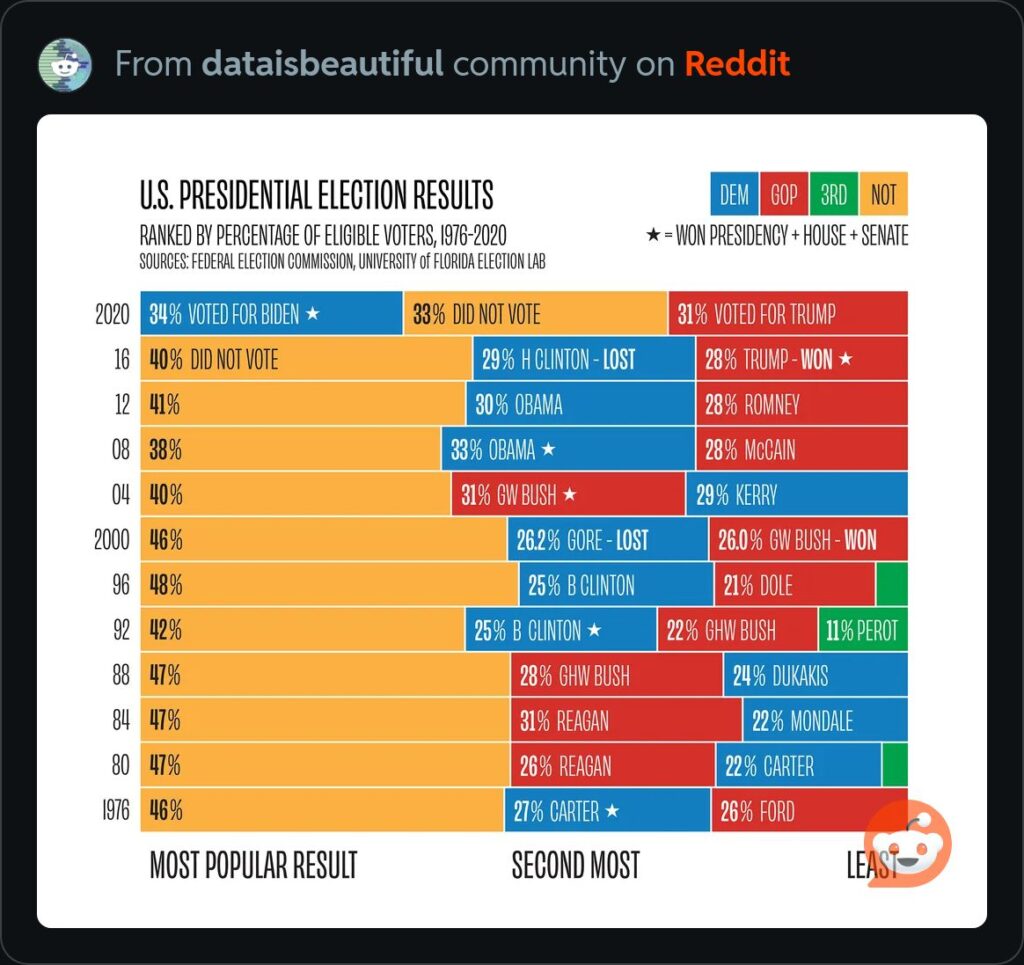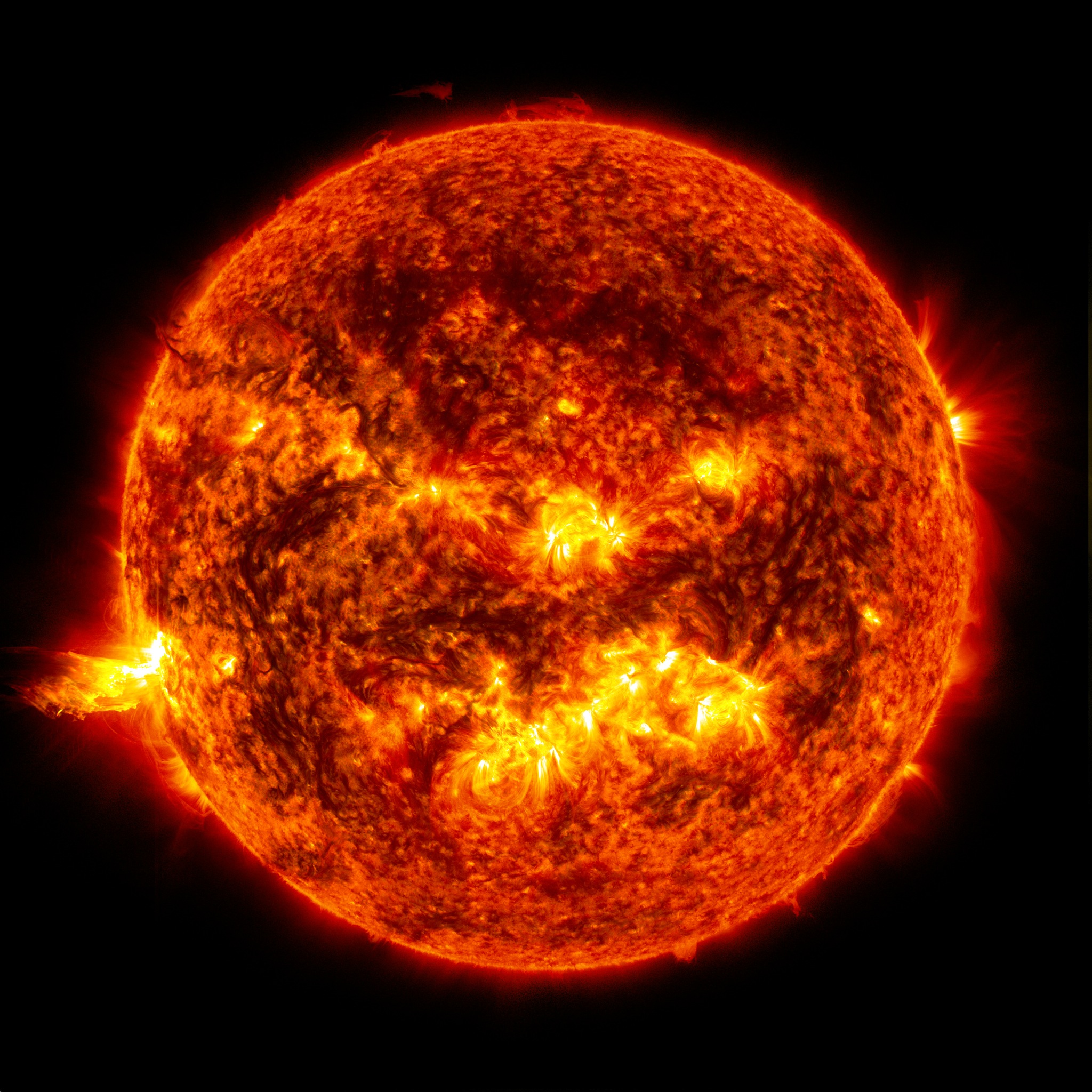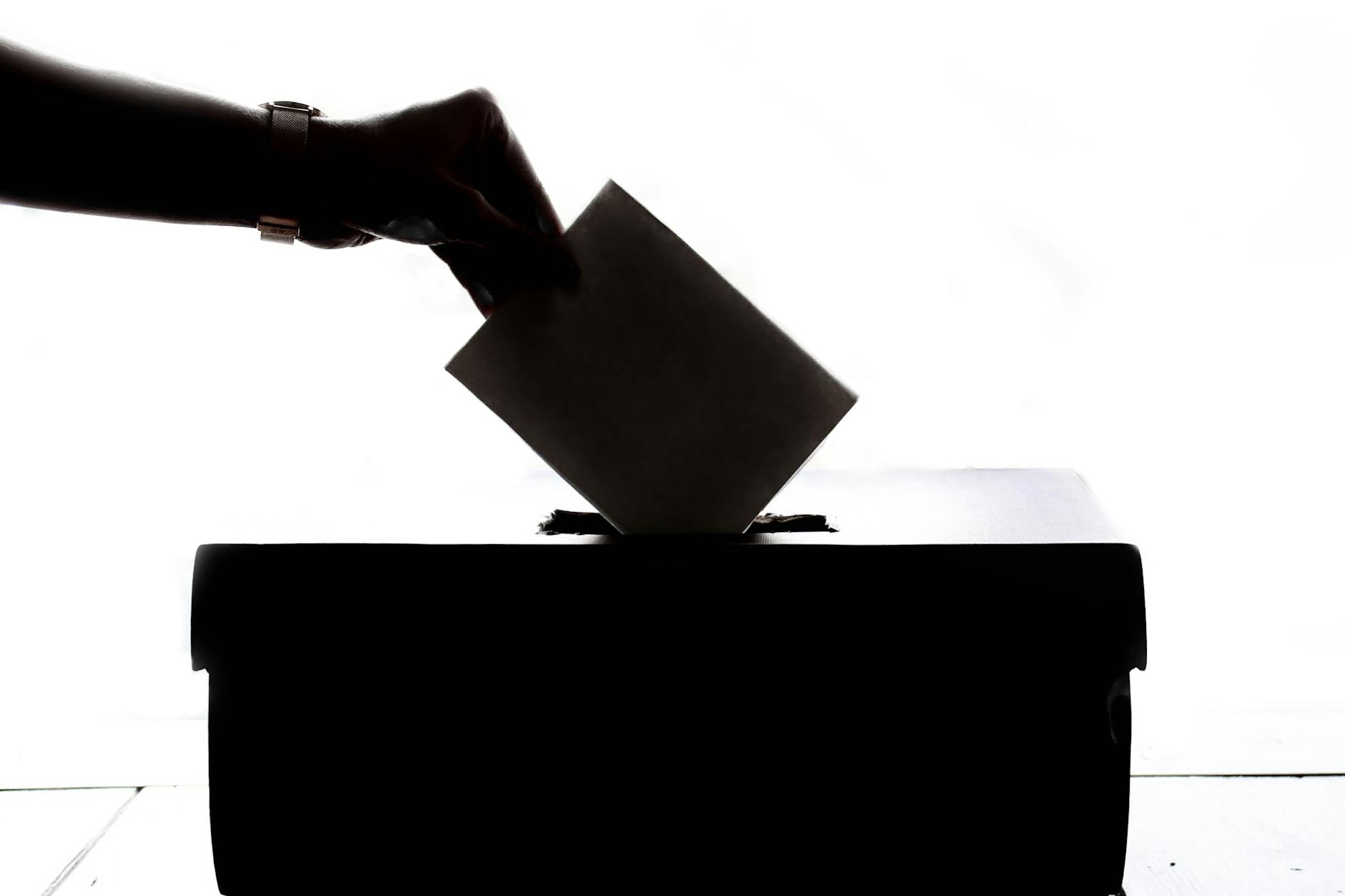
Take a look at this fine graphic from the “Data is Beautiful” subreddit.
The problem with polls is that they aren’t votes. They don’t ask the same people the same questions, and a survey doesn’t have the same gravitas as an election. Opinions are freely given, but votes are a little harder to come by. So in this election season when you are liable to see very many polls giving you questionable information, consider this graphic that shows the actions of the entire electorate for each presidential election since Carter/Ford in 1976.
The first thing you are likely to notice is that Americans really prefer not voting to voting for any particular candidate. The only election in recent years where “none of the above” didn’t take precedence was the most recent one in which more voters chose Biden over not voting at all. One common complaint among the party regulars is the number of non-voters in each election, but as this graphic clearly shows, this isn’t a new problem. If anything, engagement has increased significantly since the Clinton/Dole snoozefest left 48% of voters at home.
Note that most of the voter percentages near the bottom of the chart are under 30%. Ronnie Reagan in 1980 got a whopping 31% of the vote – a feat not repeated until George W. Bush achieved 31% in 2004. The following election, however, Obama collected 33% of voters, which was seen then as a huge milestone.
Now compare this to Littlefingers’ performance in 2016 when he actually won the presidency with 28% of the vote. In 2020, he did something only Reagan and George W had done before when he won 31% of the electorate vote. However Biden won an absolutely unprecedented 34% of the vote that year – better than Obama! – and walked away with the presidency.
The degree to which Twitler built up voter enthusiasm in 2016 and 2020 was marked by the great number of such signs on houses, boats, flags, and hats throughout the country, but primarily in the South. Equally notable is the marked lack of such paraphernalia today, and without the benefit of incumbency, an electorate grab of 31% in 2024 seems unlikely. So if the MAGA vote is less than 30% of the electorate, will it be possible for them to win?
The incredibly popular Barack Obama wrote a whole new book when it came to running for President. His success in 2008 came from clawing the “did not vote” crowd down to 38% for the first time in at least 30 years. As amazing as that victory was, Biden’s was greater. Enthusiasm for both candidates shaved the “did not vote” crowd down to 33% – a comparatively incredible marker of voter participation.
If Harris can match or beat the enthusiasm driven by Biden – and by most indications she already has – then favorable voter participation numbers in the lower 30s can be easily anticipated. So what do the polls mean where Harris is only slightly ahead – or even behind? Consider the graphic above. The chances of more than two thirds of the total electorate even showing up is negligible. If a poll is supposed to be representative of the larger population, the fact that 90% will register an opinion but fewer than 70% will actually vote should reflect on the overall accuracy of the poll. Which is to say they don’t actually tell us much we didn’t already know.
The Democrats have worked hard since 1992 to activate more voters. Voter registration campaigns and get-out-the-vote parties have helped capture more of the non-voters in each successive election. The more that these activities continue, the more down-ballot votes Democrats tend to get. Obama’s 33% in 08, and Biden’s 34% in 16 came from a combination of these activities and a strongly progressive campaign. These activities continue in 2024, with a vigorous campaign criss-crossing the country, driving up enthusiasm in these important final months.
It’s clear that a large portion of the MAGA crowd came from the non-voting collective and have pushed out all of the moderate Republicans, who will probably become non-voters if they don’t cross the aisle. Republicans have been actively questioning the fairness of the voting process and discouraging participation for nearly a decade now. This cannot help them.
Forget about the polls. Ignore the New York Times. Hook up with your local Democratic club or party headquarters and do your part to help bring out the vote in your area. Help generate excitement for local down-ballot candidates, because a President needs a supportive legislature and cooperative state houses. Remember that just a few non-voters becoming voters in every district across the country would make an incredible difference. We need to not just win, but carry every Democrat into office.


Leave a Reply